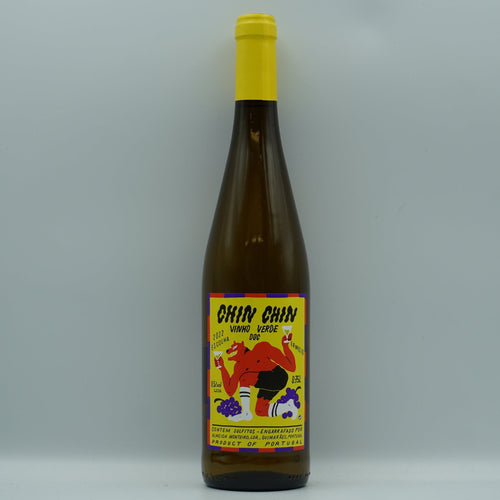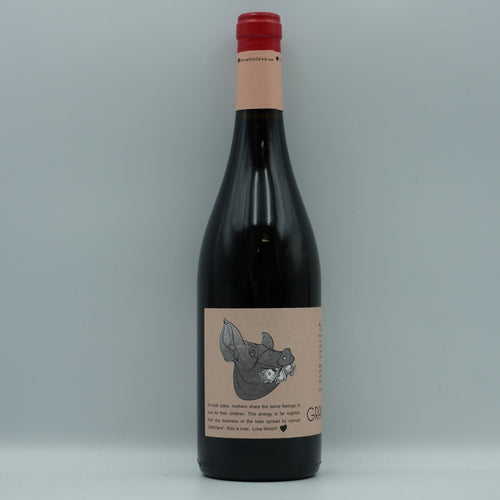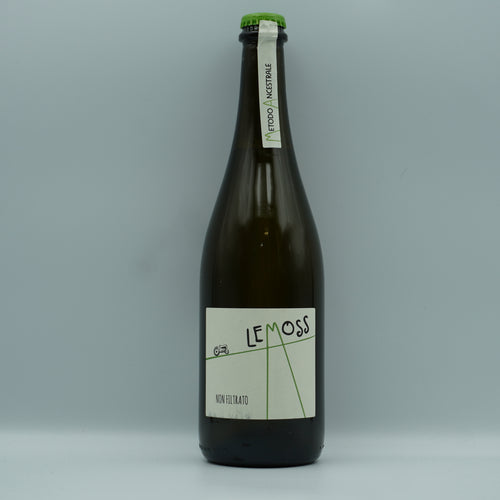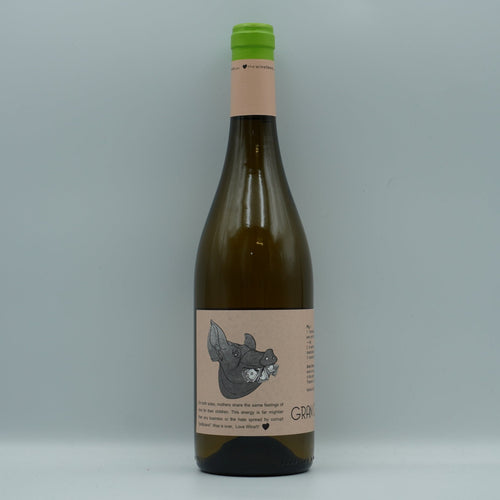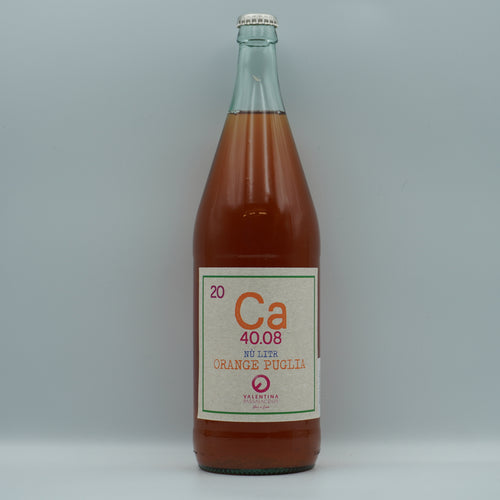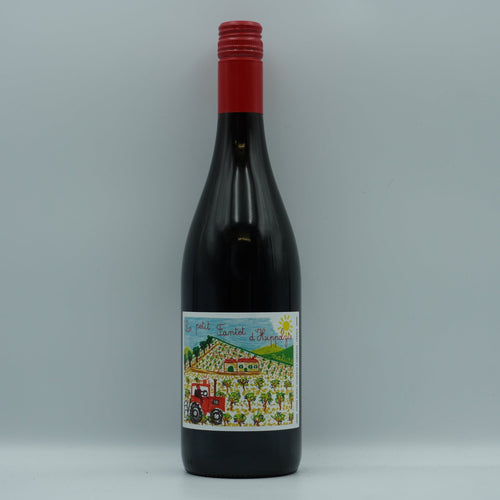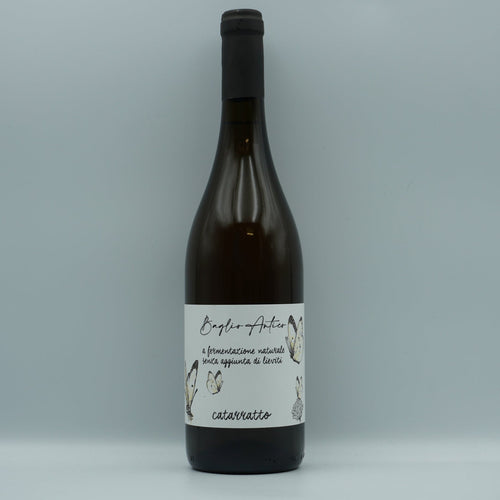SPEND £65 FOR FREE SHIPPING
How’s it hanging?
It’s week eleven and we’re finally bidding adieu to the fair isle of Europe. On to the new world. Are you excited? I am. Mostly coz once we’ve left Europe it’s just a hop, skip and five more weeks until I stop having to trek to London Bridge every Monday night to go to wine school. What will I do with all my reclaimed time? Sleep, probably. Maybe I’ll take a dance class. Maybe we’ll start opening Monday nights and I’ll be at the bar. Who knows?
First stop on the new world tour is the US of A, aka my former home country. Can you call somewhere a home country if you lived there for two years? I think you can, so I’m gonna. Man, I miss the US. Most parts of it anyway. They can keep their cockroaches and weather measured in degrees Fahrenheit. But if I’d never left I wouldn’t be sitting here boring you all about grape varieties, would I? Everything happens for a reason, or whatever.
California has a lot of weather hazards, which, duh, if you watch the news. But wildfires are just the start of it. In terms of grape growing, it’s actually surprisingly cold. The freezing Californian Ocean Current is a real b*tch when it comes to getting those grapes ripened. The north of the state is pretty mountainous, so it’s shielded from the worst of it, but the wind finds its way through little nooks and crannies to wreck winemakers’ lives. Fog gets drawn in from the ocean in the evening which lowers the night-time temperatures, and it takes so long for the sun to burn it off again in the morning that the day is kind of cold too. Who knew? I’ve only ever worn shorts in California. There’s also a lack of rain during ripening season, so drip irrigation is a must. Ugh. California is so annoying.
If you can overcome all these weather shaped obstacles though, there are some pretty iconic areas here. Napa Valley AVA (American for GI, acronym for Geographical Indication) is home to some of the most expensive vineyard land in the state. And because the state is pretty varied in terms of terrain and climate (as is anywhere as freakin huge as California), you can grow all kinds of grape varieties here. Cab Sauv is the most widely planted, bringing in some ripe cassis flavours with prominent spice notes coming from new oak. Zinfandel, regarded as California’s ‘own’ grape variety, is produced in a variety of styles. Zinfandel has a tendency to ripen unevenly, so one single bunch may contain both unripe grapes and grapes that have gone all raisiny. Probably why it’s so gross. What? Who said that!
In terms of whites, Chardonnay dominates, and it’s probably thanks to the great state of California that Chardonnay has such a bad rep. Let’s just say there’s a reason White Burgundy is called White Burgundy and not Chardonnay. Historically, even a premium American Chardonnay was a pretty gross-sounding mix of oak, hazelnut, butter, peach and banana. Sounds like some kind of Thanksgiving dessert. These days producers are treating Chardonnay with a bit more respect, easing up on oak usage, and bringing out some more respectable examples, particularly in Los Carneros and Russian River Valley. Thank gawd. Bring on the Chardonnay revolution.
Skipping over, as ever, about a hundred tiny Californian regions and the states of Oregon, Washington and New York (did you know New York produced wine? Nah, me neither. Riesling, appaz), let’s go to the homeland of Dan of dan’s himself: Australia.
Australia has a bigger landmass than the entirety of Europe, which is relevant a) because it’s a cool fact and b) because it gives me an excuse to do my classic extremely brief and selective overview of it. Australia is hot, which you probably already knew. It’s tempered somewhat by the ocean and the Murray River system, but like in California, you’ve got your bush fires, you’ve got your droughts. Grape wise, the head honcho is Shiraz. Hunter and Barossa Valleys churn out intensely fruity, full bodied Shiraz with earthy, spicy notes that turn into leather with a little downtime in bottle. Cab Sauv is also grown, and often blended with Merlot, Bordeaux style. Wannabes. Down in Coonawarra, the Cab Sauv is mental – it has these eucalyptus and menthol flavours that are so strong the wines have been dubbed ‘Peppermint Patties’. The lecturer this week said they were among her favourites – I can’t say I agree. It was one of the first wines we’ve tasted at school that I was happy to spit back out. But hey, each to their own. Even if your own is nuts. Pinot Noir can be found in the cooler regions, like Mornington Peninsula and the Yarra Valley. The only grape/region combo I’m 100% sure I’ll remember for the exam is Pinot Noir and the Yarra Valley, mostly because I spend all day every day at the bar looking at this bottle of Timo Mayer because the font is so aggressively large and medieval-looking. So thanks, Timo. Hope you come up in the exam.
White-wise, Semillon is made in a style pretty unique to Australia. When bottled it’s light in alcohol and almost neutral in flavour, but if you leave it alone for a few years it develops super concentrated flavours of honey, nuts and toast. I wonder how the first Australian Semillon producer discovered that. Put some completely tasteless liquid in a bottle and left it alone for twenty years, hoping it would turn into something good? Bit of a leap of faith, but guess it worked out.
Enough talking, more drinking. Here’s some good stuff.
Here’s a Pinot Gris from California, which I realise is not one of the grapes I talked about, but what do you want from me? Ten thousand words every week? It’s good, just buy it. Here’s a grape I did talk about, a Shiraz from McLaren Vale in Aus, and here’s a Yarra Valley Chardonnay. All of these pair wonderfully with our selection of 'iconic' (Dan's word) Australian snacks, like these Pizza Shapes.
Drink up and I’ll catch ya next week.
Xoxo
Megan

